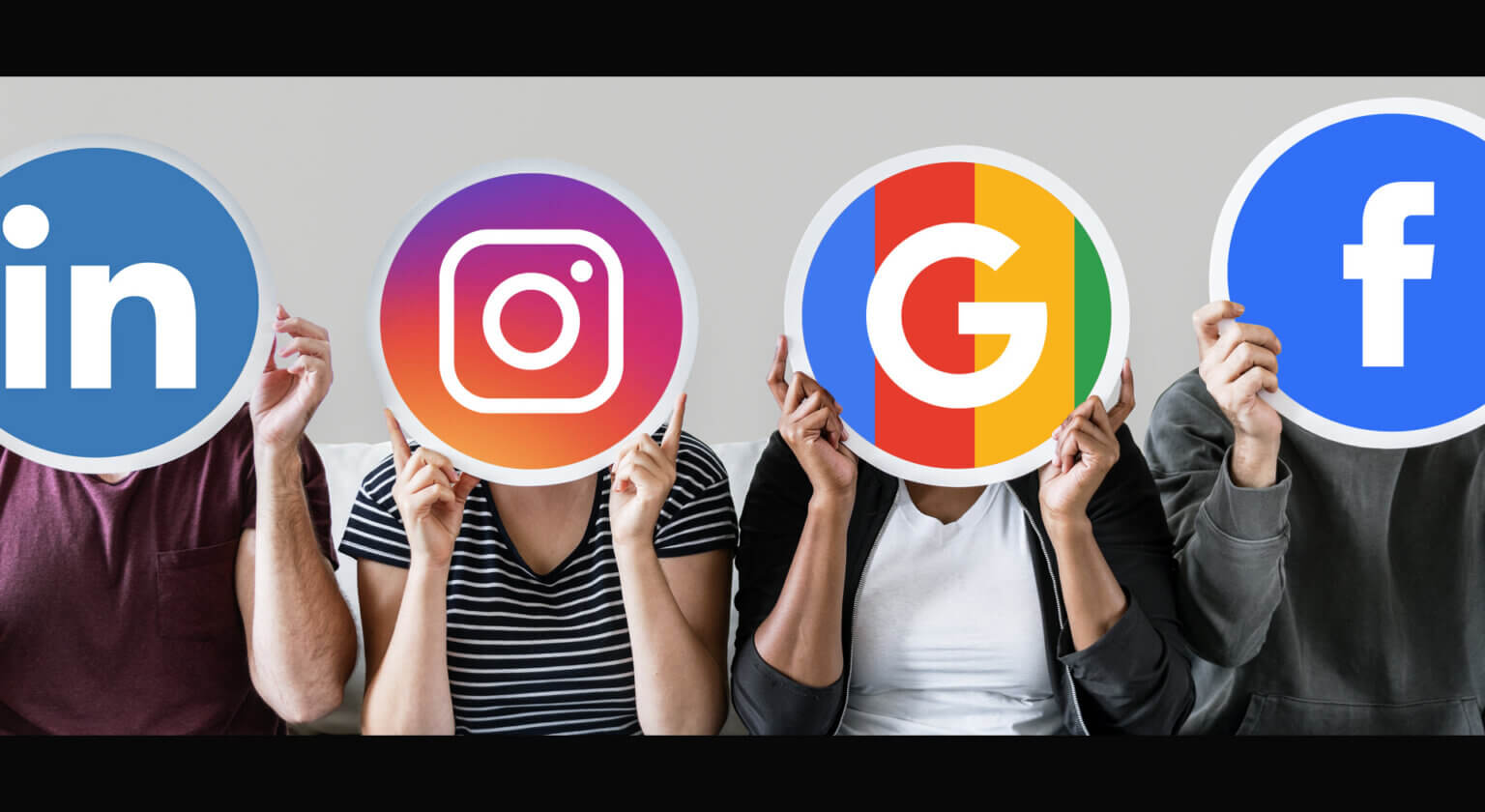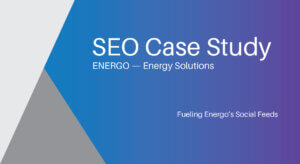Maximizing Your Marketing Budget: Choosing Between Social Media and Google PPC Campaigns
In today’s digital age, where competition for online visibility is fierce, allocating your marketing budget wisely is crucial. Pay-per-click (PPC) campaigns on platforms like Google and social media channels offer immense potential for reaching your target audience and driving conversions. However, when resources are limited, deciding where to invest can be challenging. At Thinkhouse, we understand the importance of making strategic decisions to maximize your ROI. In this article, we’ll explore how to decide between running PPC campaigns on social media or Google when you only have the budget for one.
Understanding Your Audience and Goals
Before diving into the debate of social media versus Google ads, it’s essential to have a clear understanding of your target audience and marketing objectives. Different platforms attract distinct demographics and serve varying purposes, so aligning your choice with your audience and goals is paramount.
While there is a myriad of search engines and social media channels available for advertising, understanding your audience is key to narrowing down your options effectively. In many cases, the majority of your target audience can be found on Google and Meta platforms, formerly known as Facebook. Google’s extensive reach and intent-driven advertising make it a top choice for capturing high-intent leads actively searching for products or services. Meanwhile, Meta’s diverse ecosystem, which includes Facebook, Instagram, WhatsApp, and Messenger, offers unparalleled targeting capabilities and engagement opportunities, making it an ideal choice for building brand awareness and fostering community engagement. By focusing your advertising efforts on platforms like Google and Meta, you can maximize your reach and connect with your audience where they are most active.
Moreover, depending on whether you’re a B2C or B2B brand, there may be specific channels within Google and Meta’s platforms where your audience can be found. B2C brands often thrive on visually-driven platforms like Instagram and Facebook, while B2B brands may find greater success on professional networking sites like LinkedIn. With the help of Thinkhouse’s marketing team, understanding these nuances can further refine your advertising strategy and ensure that you’re reaching the right audience with the right message.
Google ads: Intent-Based Advertising
Google Ads, formerly known as Google AdWords, is the go-to platform for intent-based advertising. When users turn to Google, they often have specific needs or queries, making it an ideal platform for capturing high-intent leads. Google PPC allows you to target keywords related to your business, ensuring that your ads appear when users are actively searching for products or services like yours.
Advantages of Google PPC:
1. Intent-driven: Reach users actively searching for what you offer.
2. High conversion potential: Target users at the bottom of the sales funnel.
3. Extensive reach: Access to the vast Google network, including search results, display networks, and partner sites.
Social Media PPC: Targeted Brand Awareness
On the other hand, social media platforms like Facebook, Instagram, Twitter, and LinkedIn offer powerful targeting capabilities to reach specific demographics based on interests, behaviors, and demographics. Social media PPC campaigns excel at building brand awareness, engaging audiences, and driving consideration.
Advantages of Social Media PPC:
1. Precise targeting: Reach highly segmented audiences based on interests and behaviors.
2. Visual appeal: Leverage engaging visuals and multimedia content to capture attention.
3. Brand building: Establish a strong online presence and engage with your audience on a more personal level.
Evaluating Your Budget and Objectives
Once you’ve assessed the strengths of each platform, it’s time to evaluate your budget and marketing objectives. Consider the following factors to determine which option aligns best with your needs:
1. Cost per Click (CPC): Compare the average CPC on Google and social media platforms to gauge where your budget will yield the best results.
2. Conversion Rate: Analyze historical data or industry benchmarks to estimate the conversion rates for each platform based on your offerings.
3. Customer Lifetime Value (CLV): Calculate the CLV of your customers to determine the long-term value of acquiring a customer through each channel.
4. Competitor Analysis: Research competitors’ strategies and presence on both platforms to identify opportunities and threats.
Making an Informed Decision
While both Google PPC and social media PPC offer valuable opportunities for reaching your target audience, it ultimately comes down to your specific goals, budget, and target audience.
Furthermore, the decision between Google PPC and social media PPC often hinges on whether the user already knows they need your product or service or is still in the discovery phase. Google PPC excels when targeting users actively seeking solutions, as they are more likely to convert into customers. On the other hand, social media PPC shines when capturing the attention of users who may not yet realize they have a need but can be persuaded through targeted messaging and engaging content. By understanding where your audience falls on the spectrum of awareness, you can tailor your advertising approach to effectively meet their needs and drive desired actions.
Here are some scenarios to help you make an informed decision:
Choose Google PPC if:
- You have a high-conversion product or service.
- Your target audience is actively searching for solutions.
- Your budget allows for higher CPC bids to compete for competitive keywords.
- You want to capture users at the bottom of the sales funnel with high purchase intent.
Choose Social Media PPC if:
- You’re focused on brand awareness and engagement.
- Your target audience is best reached through demographic or interest-based targeting.
- You want to leverage visually appealing content to capture attention.
- Your budget is limited, and you’re looking for cost-effective advertising options.
Maximizing Your ROI
Regardless of whether you choose Google PPC, social media PPC, or a combination of both, maximizing your ROI requires continuous optimization and refinement. Monitor key metrics such as click-through rate (CTR), conversion rate, cost per acquisition (CPA), and return on ad spend (ROAS) to identify areas for improvement and capitalize on opportunities.
At Thinkhouse, a Long Island based full service marketing agency, we specialize in helping businesses navigate the complexities of digital marketing and make data-driven decisions to achieve their objectives. Whether you’re looking to increase brand awareness, drive conversions, or enhance your online presence, our team of experts is here to help you succeed.
When faced with the decision of choosing between running PPC campaigns on social media or Google with a limited budget, we carefully consider your audience, goals, and budget constraints. By understanding the strengths of each platform and aligning your choice with your objectives, you can make the most out of your marketing budget and achieve optimal results. It’s all about understanding the different mindsets of users and tailoring your advertising strategy accordingly.
Get in Touch!
At Thinkhouse, we’re dedicated to helping businesses navigate the complexities of digital marketing and make informed decisions to achieve their goals. From PPC campaign management to comprehensive digital marketing strategies, our team of experts is here to drive results for your business.
Contact us to learn more about our services, or give us a call at 631-282-8226 to speak with a member of our team today. Let’s work together to maximize your online presence and grow your business.
Questions?
Have a digital marketing question? Looking for some guidance? Send us a message and we'd be more than happy to help.
Sign up!
Join our mailing list for helpful insights.




